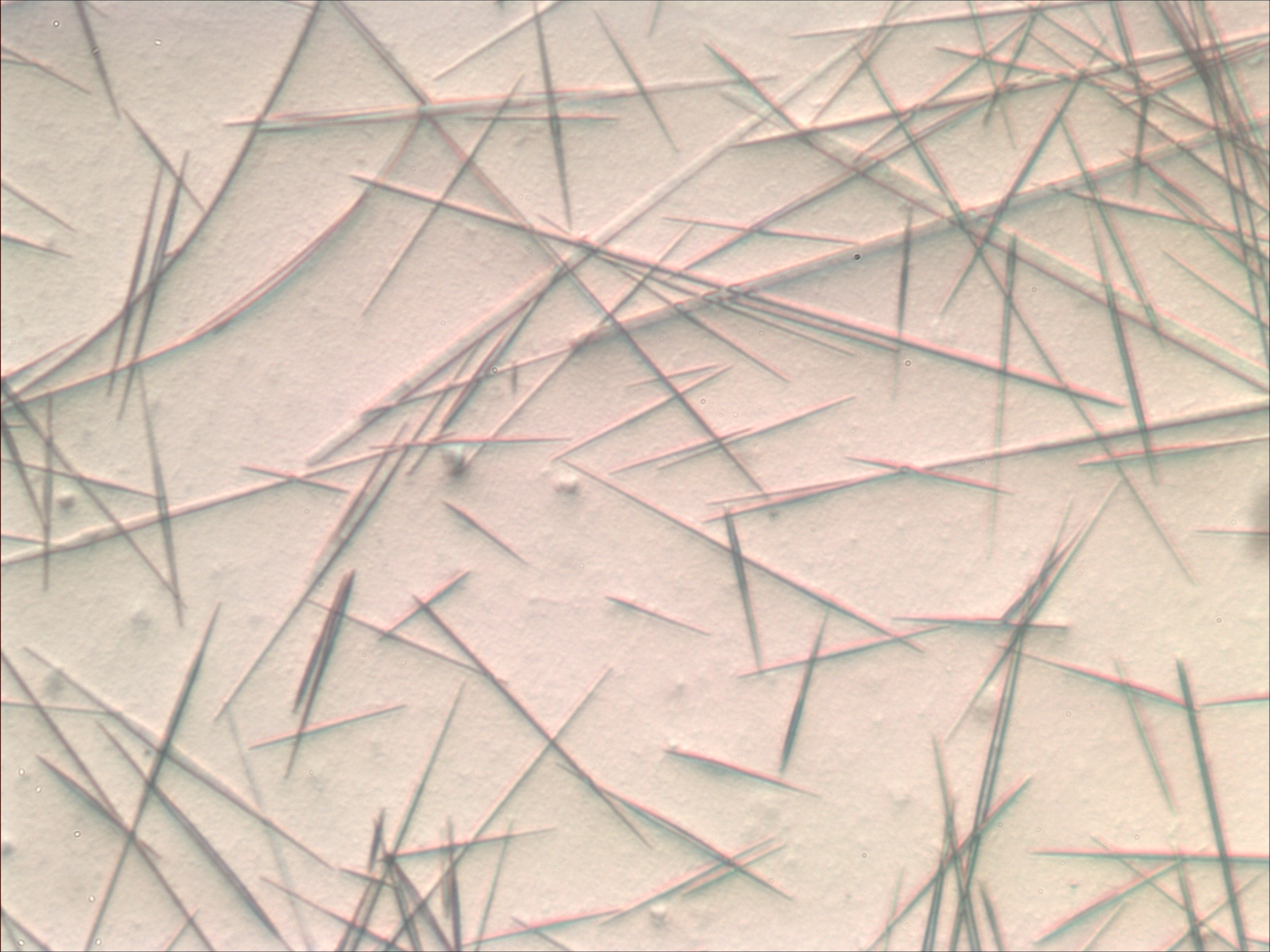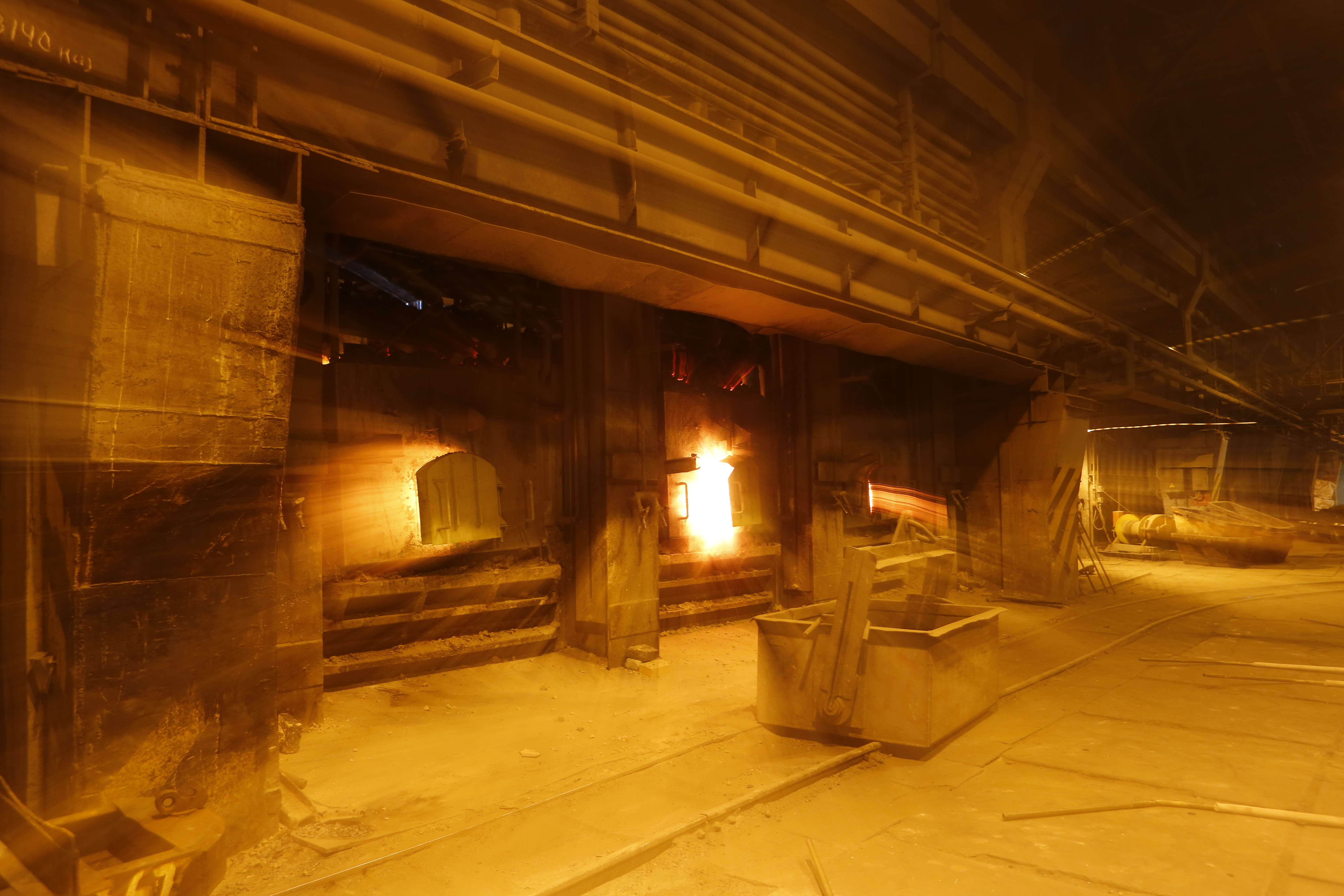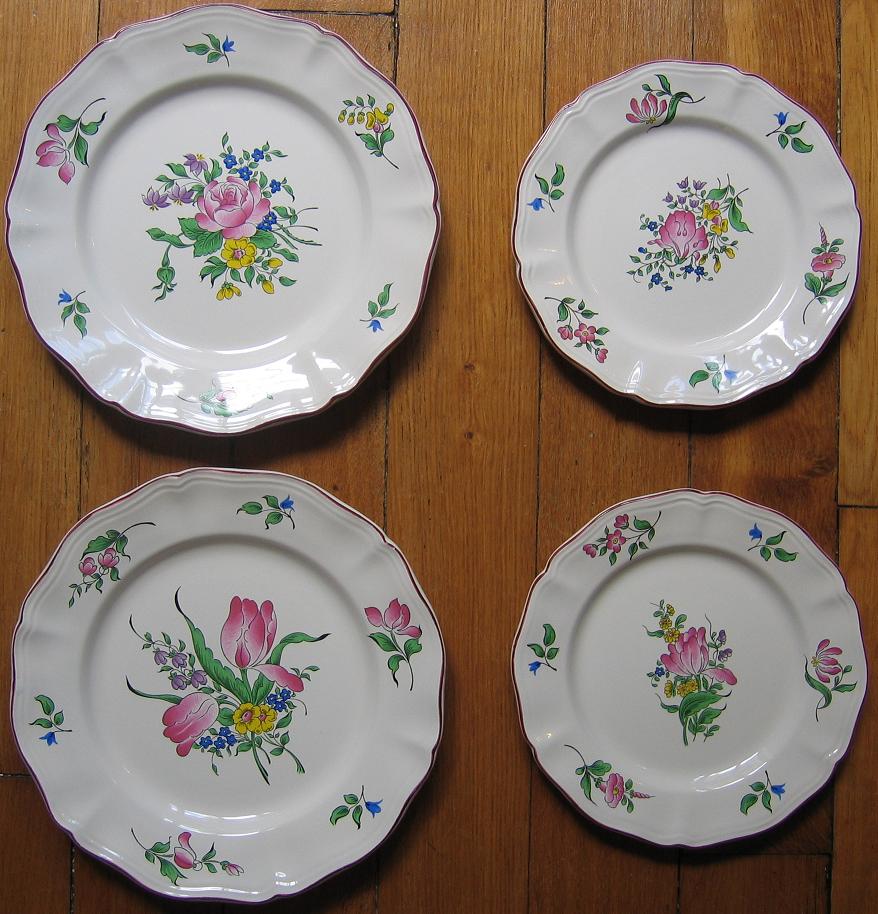|
Tin (IV) Oxide
Tin(IV) oxide, also known as stannic oxide, is the inorganic compound with the formula SnO2. The mineral form of SnO2 is called cassiterite, and this is the main ore of tin. With many other names, this oxide of tin is an important material in tin chemistry. It is a colourless, diamagnetic, amphoteric solid. Structure Tin(IV) oxide crystallises with the rutile structure. As such the tin atoms are six coordinate and the oxygen atoms three coordinate. SnO2 is usually regarded as an oxygen-deficient n-type semiconductor. Hydrous forms of SnO2 have been described as stannic acid. Such materials appear to be hydrated particles of SnO2 where the composition reflects the particle size. Preparation Tin(IV) oxide occurs naturally. Synthetic tin(IV) oxide is produced by burning tin metal in air. Annual production is in the range of 10 kilotons. SnO2 is reduced industrially to the metal with carbon in a reverberatory furnace at 1200–1300 °C. Amphoterism Although SnO2 is insol ... [...More Info...] [...Related Items...] OR: [Wikipedia] [Google] [Baidu] |
Cassiterite
Cassiterite is a tin oxide mineral, SnO2. It is generally opaque, but it is translucent in thin crystals. Its luster and multiple crystal faces produce a desirable gem. Cassiterite was the chief tin ore throughout ancient history and remains the most important source of tin today. Occurrence Most sources of cassiterite today are found in alluvial or placer deposits containing the weathering-resistant grains. The best sources of primary cassiterite are found in the tin mines of Bolivia, where it is found in crystallised hydrothermal veins. Rwanda has a nascent cassiterite mining industry. Fighting over cassiterite deposits (particularly in Walikale) is a major cause of the conflict waged in eastern parts of the Democratic Republic of the Congo. This has led to cassiterite being considered a conflict mineral. Cassiterite is a widespread minor constituent of igneous rocks. The Bolivian veins and the 4500 year old workings of Cornwall and Devon, England, are concentrated in ... [...More Info...] [...Related Items...] OR: [Wikipedia] [Google] [Baidu] |
Reverberatory Furnace
A reverberatory furnace is a metallurgical or process furnace that isolates the material being processed from contact with the fuel, but not from contact with combustion gases. The term ''reverberation'' is used here in a generic sense of ''rebounding'' or '' reflecting'', not in the acoustic sense of ''echoing''. Operation Chemistry determines the optimum relationship between the fuel and the material, among other variables. The reverberatory furnace can be contrasted on the one hand with the blast furnace, in which fuel and material are mixed in a single chamber, and, on the other hand, with crucible, muffling, or retort furnaces, in which the subject material is isolated from the fuel and all of the products of combustion including gases and flying ash. There are, however, a great many furnace designs, and the terminology of metallurgy has not been very consistently defined, so it is difficult to categorically contradict other views. Applications and comparison with b ... [...More Info...] [...Related Items...] OR: [Wikipedia] [Google] [Baidu] |
Chromium(III) Oxide
Chromium(III) oxide (or chromia) is an inorganic compound with the formula . It is one of the principal oxides of chromium and is used as a pigment. In nature, it occurs as the rare mineral eskolaite. Structure and properties has the corundum structure, consisting of a hexagonal close packed array of oxide anions with of the octahedral holes occupied by chromium. Similar to corundum, is a hard, brittle material (Mohs hardness 8 to 8.5). It is antiferromagnetic up to 307 K, the Néel temperature. It is not readily attacked by acids. Occurrence occurs naturally as the mineral eskolaite, which is found in chromium-rich tremolite skarns, metaquartzites, and chlorite veins. Eskolaite is also a rare component of chondrite meteorites. The mineral is named after Finnish geologist Pentti Eskola. Production The Parisians Pannetier and Binet first prepared the transparent hydrated form of in 1838 via a secret process, sold as a pigment. It is derived from the mineral chromite, . T ... [...More Info...] [...Related Items...] OR: [Wikipedia] [Google] [Baidu] |
Vanadium(V) Oxide
Vanadium(V) oxide (''vanadia'') is the inorganic compound with the formula V2 O5. Commonly known as vanadium pentoxide, it is a brown/yellow solid, although when freshly precipitated from aqueous solution, its colour is deep orange. Because of its high oxidation state, it is both an amphoteric oxide and an oxidizing agent. From the industrial perspective, it is the most important compound of vanadium, being the principal precursor to alloys of vanadium and is a widely used industrial catalyst. The mineral form of this compound, shcherbinaite, is extremely rare, almost always found among fumaroles. A mineral trihydrate, V2O5·3H2O, is also known under the name of navajoite. Chemical properties Reduction to lower oxides Upon heating a mixture of vanadium(V) oxide and vanadium(III) oxide, comproportionation occurs to give vanadium(IV) oxide, as a deep-blue solid: :V2O5 + V2O3 → 4 VO2 The reduction can also be effected by oxalic acid, carbon monoxide, and sulfur dioxide. ... [...More Info...] [...Related Items...] OR: [Wikipedia] [Google] [Baidu] |
Opacity (optics)
Opacity is the measure of impenetrability to electromagnetic radiation, electromagnetic or other kinds of radiation, especially visible light. In radiative transfer, it describes the absorption and scattering of radiation in a transmission medium, medium, such as a plasma (physics), plasma, dielectric, radiation shield, shielding material, glass, etc. An opaque object is neither Transparency (optics), transparent (allowing all light to pass through) nor translucent (allowing some light to pass through). When light strikes an interface between two substances, in general some may be reflected, some absorbed, some scattered, and the rest transmitted (also see refraction). Reflection can be diffuse reflection, diffuse, for example light reflecting off a white wall, or specular reflection, specular, for example light reflecting off a mirror. An opaque substance transmits no light, and therefore reflects, scatters, or absorbs all of it. Both mirrors and carbon black are opaque. Opacity ... [...More Info...] [...Related Items...] OR: [Wikipedia] [Google] [Baidu] |
Tin-glazed Pottery
Tin-glazed pottery is earthenware covered in lead glaze with added tin oxide which is white, shiny and opaque (see tin-glazing for the chemistry); usually this provides a background for brightly painted decoration. It has been important in Islamic and European pottery, but very little used in East Asia. The pottery body is usually made of red or buff-colored earthenware and the white glaze imitated Chinese porcelain. The decoration on tin-glazed pottery is usually applied to the unfired glaze surface by brush with metallic oxides, commonly cobalt oxide, copper oxide, iron oxide, manganese dioxide and antimony oxide. The makers of Italian tin-glazed pottery from the late Renaissance blended oxides to produce detailed and realistic polychrome paintings. The earliest tin-glazed pottery appears to have been made in Iraq in the 9th century, the oldest fragments having been excavated during the First World War from the palace of Samarra about fifty miles north of Baghdad.Caiger-Sm ... [...More Info...] [...Related Items...] OR: [Wikipedia] [Google] [Baidu] |
Tin-glazing
Tin-glazing is the process of giving tin-glazed pottery items a ceramic glaze that is white, glossy and opaque, which is normally applied to red or buff earthenware. Tin-glaze is plain lead glaze with a small amount of tin oxide added.Caiger-Smith, Alan, ''Tin-Glaze Pottery in Europe and the Islamic World: The Tradition of 1000 Years in Maiolica, Faience and Delftware'', London, Faber and Faber, 1973 The opacity and whiteness of tin glaze encourage its frequent decoration. Historically this has mostly been done before the single firing, when the colours blend into the glaze, but since the 17th century also using overglaze enamels, with a light second firing, allowing a wider range of colours. Majolica, maiolica, delftware and faience are among the terms used for common types of tin-glazed pottery. An alternative is lead-glazing, where the basic glaze is transparent; some types of pottery use both. However, when pieces are glazed only with lead, the glaze becomes fluid during f ... [...More Info...] [...Related Items...] OR: [Wikipedia] [Google] [Baidu] |
Earthenware
Earthenware is glazed or unglazed nonvitreous pottery that has normally been fired below . Basic earthenware, often called terracotta, absorbs liquids such as water. However, earthenware can be made impervious to liquids by coating it with a ceramic glaze, which the great majority of modern domestic earthenware has. The main other important types of pottery are porcelain, bone china, and stoneware, all fired at high enough temperatures to vitrify. Earthenware comprises "most building bricks, nearly all European pottery up to the seventeenth century, most of the wares of Egypt, Persia and the near East; Greek, Roman and Mediterranean, and some of the Chinese; and the fine earthenware which forms the greater part of our tableware today" ("today" being 1962).Dora Billington, ''The Technique of Pottery'', London: B.T.Batsford, 1962 Pit fired earthenware dates back to as early as 29,000–25,000 BC, and for millennia, only earthenware pottery was made, with stoneware graduall ... [...More Info...] [...Related Items...] OR: [Wikipedia] [Google] [Baidu] |
Lead-tin-yellow
Lead-tin-yellow is a yellow pigment, of historical importance in oil painting, sometimes called the "Yellow of the Old Masters" because of the frequency with which it was used by those famous painters. Nomenclature The name lead-tin yellow is a modern label. During the thirteenth to eighteenth centuries when it was in widest use, it was known by a variety of names. In Italy, it was ''giallorino'' or ''giallolino''. In other countries of Europe, it was massicot, (Spanish), (German), ''general'' (English) or (Portuguese). All of these names were often applied to other yellow pigments as well as lead-tin yellow. Composition Lead-tin-yellow historically occurred in two varieties. The first and more common one, today known as "Type I", was a lead stannate, an oxide of lead and tin with the chemical formula Pb2SnO4. The second, "Type II", was a silicate with the formula .Hermann Kühn, 1967, "Blei-Zinn-Gelb und seine Verwendung in der Malerei", ''Farbe und Lack'' 73: 938-949 ... [...More Info...] [...Related Items...] OR: [Wikipedia] [Google] [Baidu] |
Ceramic Glaze
Ceramic glaze is an impervious layer or coating of a vitreous substance which has been fused to a pottery body through firing. Glaze can serve to color, decorate or waterproof an item. Glazing renders earthenware vessels suitable for holding liquids, sealing the inherent porosity of unglazed biscuit earthenware. It also gives a tougher surface. Glaze is also used on stoneware and porcelain. In addition to their functionality, glazes can form a variety of surface finishes, including degrees of glossy or matte finish and color. Glazes may also enhance the underlying design or texture either unmodified or inscribed, carved or painted. Most pottery produced in recent centuries has been glazed, other than pieces in unglazed biscuit porcelain, terracotta, or some other types. Tiles are almost always glazed on the surface face, and modern architectural terracotta is very often glazed. Glazed brick is also common. Domestic sanitary ware is invariably glazed, as are many ceramics u ... [...More Info...] [...Related Items...] OR: [Wikipedia] [Google] [Baidu] |
Opacifier
An opacifier is a substance added to a material in order to make the ensuing system opaque. An example of a chemical opacifier is titanium dioxide (TiO2), which is used as an opacifier in paints, in paper, and in plastics. It has very high refraction index (rutile modification 2.7 and anatase modification 2.55) and optimum refraction is obtained with crystals about 225 nanometers. Impurities in the crystal alter the optical properties. It is also used to opacify ceramic glazes and milk glass; bone ash is also used. Opacifiers must have a refractive index (RI) substantially different from the system. Conversely, clarity may be achieved in a system by choosing components with very similar refractive indices. Glasses Ancient milk glasses used crystals of calcium antimonate, formed in the melt from calcium present in the glass and an antimony additive. Opaque yellow glasses contained crystals of lead antimonate; bindheimite mineral may have been used as the additive. Under oxidizing ... [...More Info...] [...Related Items...] OR: [Wikipedia] [Google] [Baidu] |
Carboxylic Acid
In organic chemistry, a carboxylic acid is an organic acid that contains a carboxyl group () attached to an R-group. The general formula of a carboxylic acid is or , with R referring to the alkyl, alkenyl, aryl, or other group. Carboxylic acids occur widely. Important examples include the amino acids and fatty acids. Deprotonation of a carboxylic acid gives a carboxylate anion. Examples and nomenclature Carboxylic acids are commonly identified by their trivial names. They at oftentimes have the suffix ''-ic acid''. IUPAC-recommended names also exist; in this system, carboxylic acids have an ''-oic acid'' suffix. For example, butyric acid (C3H7CO2H) is butanoic acid by IUPAC guidelines. For nomenclature of complex molecules containing a carboxylic acid, the carboxyl can be considered position one of the parent chain even if there are other substituents, such as 3-chloropropanoic acid. Alternately, it can be named as a "carboxy" or "carboxylic acid" substituent on another ... [...More Info...] [...Related Items...] OR: [Wikipedia] [Google] [Baidu] |









